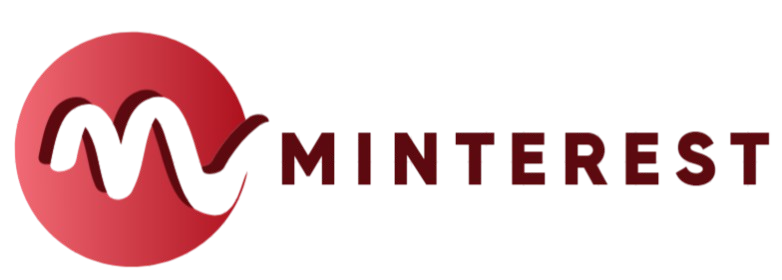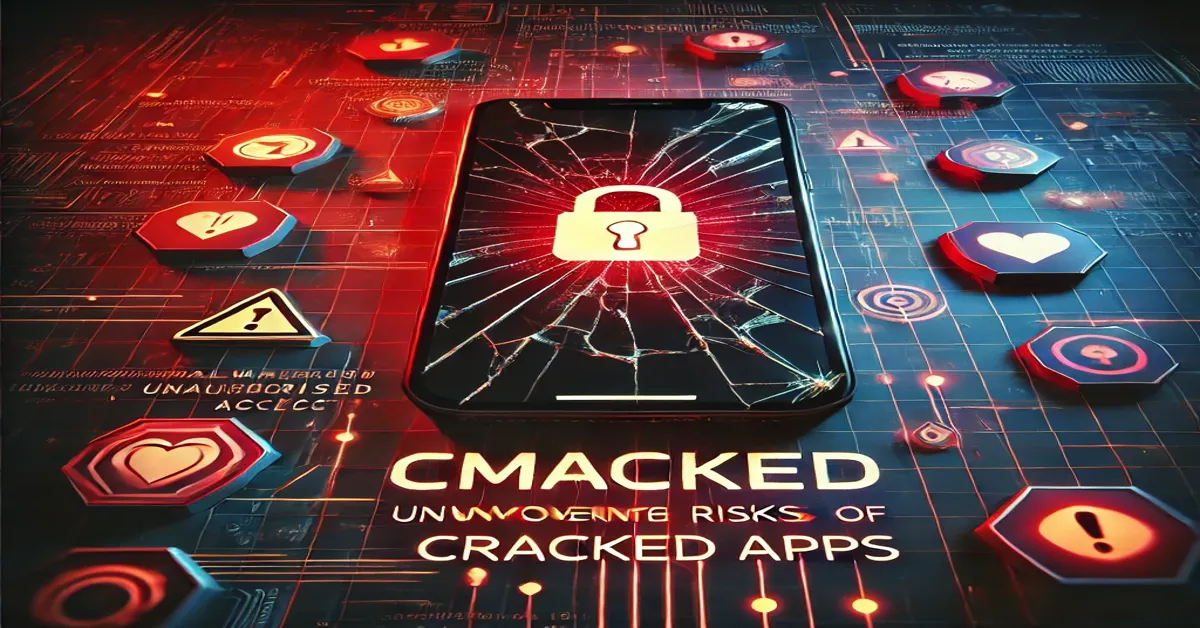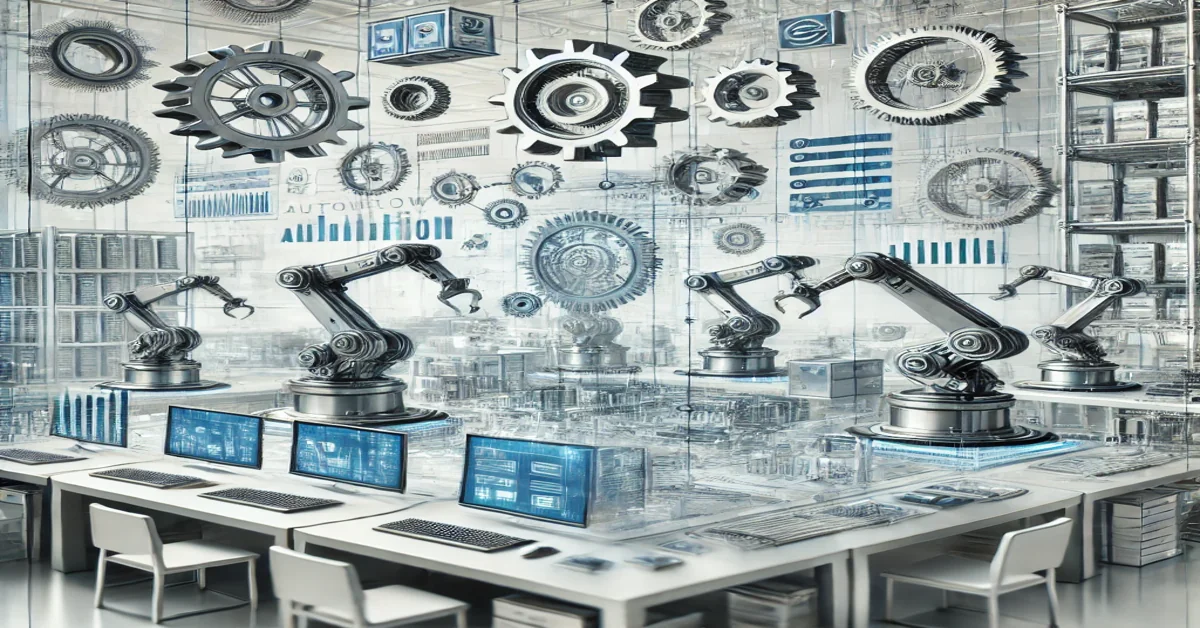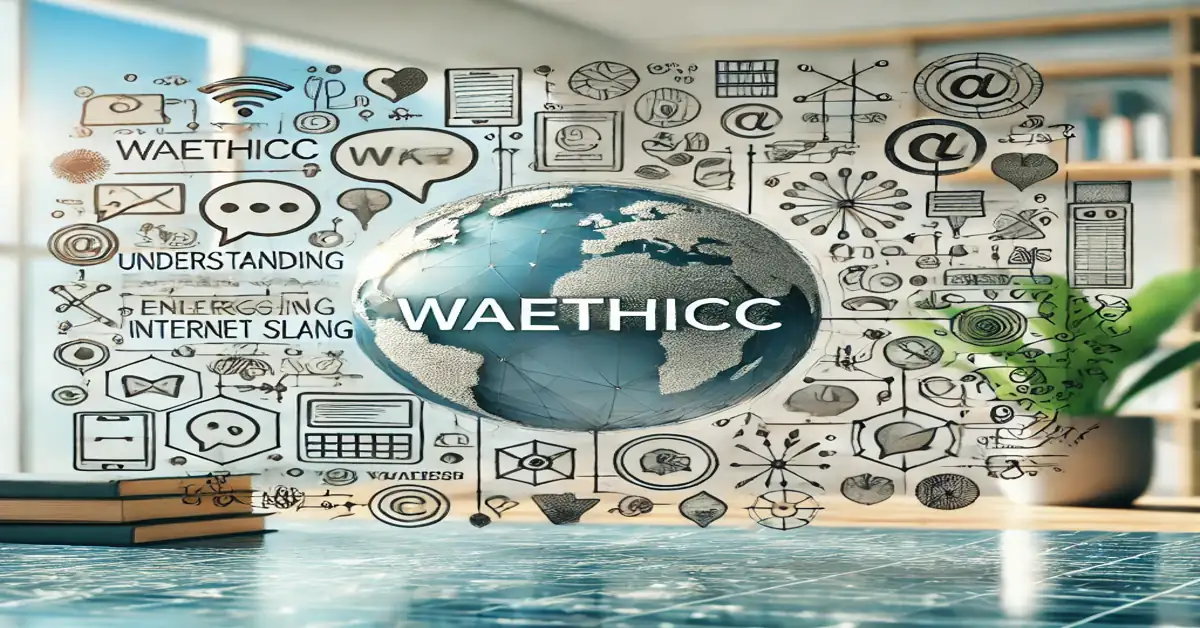In today’s digital age, the way we consume software has changed drastically. With smartphones and tablets becoming the go-to devices for everything from productivity to entertainment, the market for mobile applications has skyrocketed. Alongside this boom in apps, there has been a rise in the demand for cracked apps — unauthorized versions of software that allow users to bypass purchasing fees, premium subscriptions, or restrictions. At the heart of this underground world is CMacked, a term that has gained notoriety as a platform where users can access cracked software.
This article aims to shed light on what CMacked is, how it operates, the legal and ethical implications, and its impact on developers and users alike. We will explore the history of app cracking, the mechanics behind CMacked, and what to expect from this ongoing phenomenon.
1.0 What is CMacked?
CMacked refers to both a community and a digital platform where cracked applications are shared, downloaded, and discussed. The term is a play on “cracked” — a reference to applications that have been tampered with in order to remove restrictions, unlock premium features, or disable licensing mechanisms. In this underground ecosystem, CMacked serves as a hub for enthusiasts seeking free or modified versions of paid apps.
CMacked caters mainly to users of Apple’s macOS, iOS devices, and occasionally other platforms. Users can find software that has been altered to bypass App Store verification, allowing them to use apps without purchasing or subscribing to premium features.
1.1 Origins of CMacked
The practice of cracking software is not new. It dates back to the early days of personal computing when programmers would find ways to bypass or remove copy protections from software. However, with the proliferation of mobile apps and digital marketplaces, the practice has evolved into a more organized and widespread activity.
CMacked likely emerged in response to the closed ecosystem of Apple’s App Store, which restricts app installation to those approved by Apple. The platform has grown over time as more users sought ways to bypass Apple’s walled garden, and it now serves as one of the largest repositories of cracked macOS and iOS applications.
1.2 The Role of Cracked Apps
Cracked apps offer users a way to enjoy paid software for free. They are often distributed via file-sharing sites, forums, or specialized platforms like CMacked. The main appeal of cracked apps is obvious: users can access premium features or paid applications without spending money.
However, there is a darker side to the practice. Cracking apps is illegal in many countries, as it violates copyright laws and intellectual property rights. Additionally, downloading and using cracked apps carries a number of risks, including the potential for malware infections, security breaches, and system instability.
2.0 How Does CMacked Work?
Understanding how CMacked works requires a basic knowledge of software cracking and digital distribution. Essentially, cracked apps are modified versions of legitimate applications. Hackers reverse-engineer the original software, removing the code that requires payment, license verification, or DRM (Digital Rights Management) checks.
2.1 App Cracking Process
The process of cracking an app involves several steps:
- Obtaining the Original App: The first step is to acquire the official app, either from the App Store or a legitimate website.
- Reverse Engineering: Using various tools and techniques, crackers analyze the app’s code to find the sections that control its licensing or verification mechanisms.
- Removing Restrictions: Once the necessary portions of the code are identified, they are modified or removed. This might involve patching out the license check, bypassing DRM systems, or unlocking premium features.
- Repackaging the App: After the modifications are made, the cracked version of the app is repackaged and distributed via platforms like CMacked.
2.2 Distribution Channels
Cracked apps are shared on CMacked via direct download links, torrent files, or third-party cloud storage services. CMacked itself does not host the files directly but serves as a directory where users can find download links to cracked apps.
Once the cracked app is downloaded, users typically follow simple installation instructions, which may involve disabling macOS or iOS security features like Gatekeeper, in order to install the app outside of the official App Store.
3.0 Legal and Ethical Implications of CMacked
The use of cracked apps raises significant legal and ethical concerns. While it may be tempting to download a cracked version of a paid app for free, doing so is a violation of copyright law in most jurisdictions. Software developers spend considerable time and resources developing their apps, and cracking undermines their ability to be compensated for their work.
3.1 Violation of Copyright Laws
In many countries, distributing and using cracked software is illegal. Cracked apps infringe on the intellectual property rights of developers, as they bypass licensing mechanisms that ensure developers are paid for their work. In countries like the United States, the Digital Millennium Copyright Act (DMCA) explicitly prohibits the circumvention of digital rights management technologies, making the distribution of cracked apps a punishable offense.
3.2 Impact on Developers
The widespread use of cracked apps can have a detrimental effect on developers. For small independent developers, losing revenue to cracked versions of their apps can be devastating. Many rely on the income generated from app sales or in-app purchases to sustain their business and continue developing software.
Even larger companies are not immune to the financial impact of app cracking. While companies like Apple and Google take steps to prevent unauthorized apps from being distributed, these measures are often circumvented by sophisticated crackers.
3.3 Ethical Considerations
Beyond the legal implications, there are ethical considerations involved in using cracked software. Developers put significant effort into creating high-quality apps, and downloading cracked versions deprives them of their deserved compensation. For many, purchasing software is seen as supporting the continued development of apps and ensuring that developers are rewarded for their innovation.
Additionally, cracked apps may come with unintended consequences, such as reduced functionality, instability, or malicious code that can compromise user privacy and security.
4.0 Risks of Using Cracked Software
While the appeal of free software is undeniable, using cracked apps comes with significant risks. These risks extend beyond just legal trouble — there are technical and security-related dangers that can harm both the user’s device and their personal information.
4.1 Malware and Security Risks
One of the most significant dangers of using cracked apps is the potential for malware infection. Cracked software is often distributed through untrusted channels, and there is no guarantee that the app has not been tampered with in harmful ways. Hackers may insert malicious code into cracked apps to steal personal information, install spyware, or even create backdoors that allow remote access to the user’s device.
Without the protection of the App Store’s vetting process, cracked apps expose users to serious security risks. Once a device is compromised, hackers can steal sensitive information, including passwords, credit card details, and personal data.
4.2 Instability and Poor Performance
Cracked apps are inherently unstable. Since the original code is altered during the cracking process, there is no guarantee that the app will function as intended. Many cracked apps experience frequent crashes, glitches, and bugs that make them difficult or impossible to use effectively.
Additionally, cracked apps do not receive updates from the original developer, meaning that users are stuck with outdated versions of the software. This can be particularly problematic for apps that rely on cloud-based services, as the developer may disable access for outdated versions.
4.3 Legal Consequences
While the risk of legal action against individual users of cracked apps is relatively low, it is still a possibility. In some cases, developers may take legal action against users who distribute or use cracked versions of their software. This can result in hefty fines or, in extreme cases, criminal charges.
Beyond the potential for legal repercussions, users of cracked software may also find themselves banned from services or platforms that detect unauthorized software usage. For example, Apple has been known to ban devices from the App Store that are found to be using cracked apps.
5.0 How Developers Fight Back
App developers and platforms like Apple and Google are constantly working to combat the spread of cracked software. While it’s an uphill battle, several strategies have been employed to make it more difficult for crackers to tamper with apps.
5.1 Digital Rights Management (DRM)
Digital Rights Management (DRM) is one of the most common methods used to protect software from being cracked. DRM works by embedding code within the app that verifies the user’s license and checks for tampering. If the DRM system detects that the app has been altered, it will prevent the app from running.
While DRM is an effective deterrent, it’s not foolproof. Crackers often target DRM systems, finding ways to bypass or disable them. In response, developers are constantly updating their DRM protections to stay ahead of the crackers.
5.2 Licensing Servers
Some apps rely on licensing servers to verify that the user has purchased a legitimate copy of the software. When the app is launched, it checks in with a remote server to confirm the user’s license. If the license is not valid, the app will not function.
Licensing servers are more difficult to crack, as they require communication with a remote server. However, some crackers have found ways to disable the license check by modifying the app’s code or tricking the server into granting access.
5.3 App Store Verification
For apps distributed through official platforms like the Apple App Store or Google Play Store, verification processes help ensure that only legitimate copies of the app are installed. Apple, in particular, has strict guidelines for app distribution and uses a system called Gatekeeper to verify that apps have not been tampered with.
Users who attempt to install cracked apps often
need to disable security features like Gatekeeper, which increases the risk of malware infections and security breaches.
6.0 Alternatives to Using Cracked Software
While it may be tempting to download cracked software, there are legal and safe alternatives that allow users to access apps without breaking the law or risking security breaches.
6.1 Free and Open Source Software (FOSS)
One of the best alternatives to cracked software is Free and Open Source Software (FOSS). Many developers create high-quality apps that are completely free to use and modify. Open source software is developed collaboratively by a community of programmers, and users are encouraged to contribute to its development.
Popular FOSS alternatives include LibreOffice (a free alternative to Microsoft Office), GIMP (an open-source image editing software), and Audacity (a free audio editing tool).
6.2 Free Trials and Lite Versions
Many developers offer free trials or lite versions of their apps, which allow users to try out the software before committing to a purchase. These versions often come with limited features but can give users a good sense of whether the app is worth purchasing.
By taking advantage of free trials or lite versions, users can avoid the need for cracked software while still getting access to high-quality apps.
6.3 Discounted or Subscription-Based Software
Some developers offer discounted versions of their software or subscription-based pricing models that make the apps more affordable. For users who cannot afford to purchase expensive software outright, subscription services like Adobe Creative Cloud or Microsoft 365 offer a more budget-friendly way to access premium tools.
Additionally, educational discounts or student versions of software are often available, allowing students to use premium apps at a reduced cost.
READ: Anon Vault: Ultimate Secure Solution for Private Data
Conclusion
CMacked represents a growing trend in the underground world of cracked software, offering users a way to bypass payment and licensing restrictions on premium apps. While the appeal of free apps is strong, the risks — both legal and security-related — should not be underestimated. Cracked apps are illegal, often unstable, and come with significant dangers, including malware infections and compromised security.
Developers continue to fight back with DRM, licensing servers, and App Store verification systems, but the battle against crackers is ongoing. For users, the best course of action is to explore legal alternatives like free and open-source software, free trials, or subscription-based pricing.
By supporting legitimate developers and choosing legal alternatives , users contribute to a healthy software ecosystem that rewards innovation and quality. The allure of cracked software might offer short-term gain, but the long-term consequences can be damaging both to individual users and the broader digital community.
Read: Anon Vault: Ultimate Secure Solution for Private Data
7.0 FAQs about CMacked
1. What is CMacked, and is it legal?
CMacked is a platform where cracked versions of apps, particularly for macOS and iOS, are shared. These cracked apps bypass payment and licensing restrictions. No, it is not legal. Cracking software infringes on copyright laws and violates developers’ intellectual property rights.
2. What are the risks of using cracked software from CMacked?
Using cracked software can expose your device to malware, spyware, and other security risks. Cracked apps are often unstable, do not receive updates, and may lead to legal issues, including fines or criminal charges in some cases.
3. How do app crackers bypass security measures like DRM?
App crackers reverse-engineer software to bypass Digital Rights Management checks, disable licensing servers, tamper with the apps code to unlock features without paying. This often involves sophisticated hacking techniques.
4. Are there legal alternatives to downloading cracked apps?
Yes, there are many legal alternatives. Free and Open Source Software, free trials, subscription-based models offer legitimate ways to access quality software without resorting to piracy. Many developers also provide lite or discounted versions for users on a budget.
5. How can developers protect their apps from being cracked?
Developers can use DRM, licensing servers, and app store verification systems to protect their apps. Regular updates, server-side checks, and encryption methods also make it harder for crackers to tamper with the software.
6. What should I do if I’ve downloaded a cracked app?
If you’ve downloaded a cracked app, it’s best to delete it immediately to avoid potential security risks. Scan your device for malware using trusted security software, and consider resetting any passwords or financial information that may compromised. Going forward, stick to legal and trusted sources for downloading apps.











